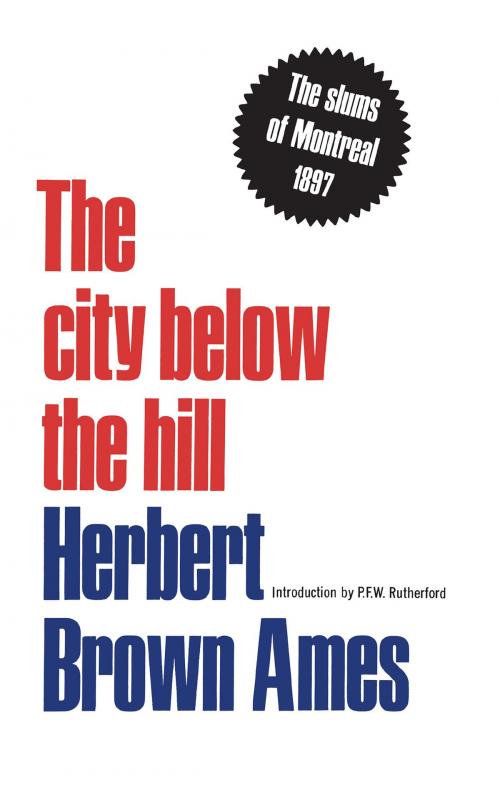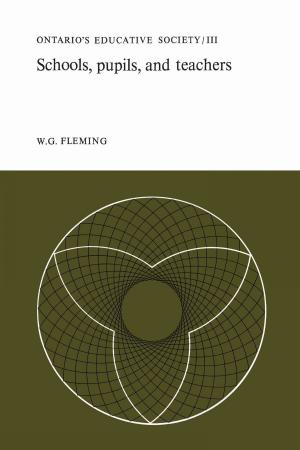The City Below The Hill
The Slums of Montreal, 1897
Nonfiction, History, Canada, Social & Cultural Studies, Social Science, Sociology, Urban| Author: | Herbert Brown Ames | ISBN: | 9781442633018 |
| Publisher: | University of Toronto Press, Scholarly Publishing Division | Publication: | December 15, 1972 |
| Imprint: | Language: | English |
| Author: | Herbert Brown Ames |
| ISBN: | 9781442633018 |
| Publisher: | University of Toronto Press, Scholarly Publishing Division |
| Publication: | December 15, 1972 |
| Imprint: | |
| Language: | English |
The city below the hill is a detailed investigation of social conditions in a working class quarter of Montreal during the 1890s. Based on a house-to-house survey of the neighbourhood, this study catalogues and analyses the life of working people after the first years of rapid industrialization.
Sir Herbert Brown Ames was one of the first to recognize that urbanization was inevitable and to set about improving the quality of city life. In this study, first published in book form in 1897, he moves towards the concept of urban ecology—the city is an organism defined by, and expressing itself in, a myriad of social and economic phenomena. As an organic whole its well-being depends upon the well-being of all its citizens. Within this pioneering work are the seeds of the town planning and social welfare movements that later tried to change the urban landscape.
The city below the hill is crammed with facts and statistical analyses of late nineteenth century urban workers. A landmark in the development of urban consciousness in Canada and of sociological research, it is one of the first major efforts to solve problems that are still with us.
The city below the hill is a detailed investigation of social conditions in a working class quarter of Montreal during the 1890s. Based on a house-to-house survey of the neighbourhood, this study catalogues and analyses the life of working people after the first years of rapid industrialization.
Sir Herbert Brown Ames was one of the first to recognize that urbanization was inevitable and to set about improving the quality of city life. In this study, first published in book form in 1897, he moves towards the concept of urban ecology—the city is an organism defined by, and expressing itself in, a myriad of social and economic phenomena. As an organic whole its well-being depends upon the well-being of all its citizens. Within this pioneering work are the seeds of the town planning and social welfare movements that later tried to change the urban landscape.
The city below the hill is crammed with facts and statistical analyses of late nineteenth century urban workers. A landmark in the development of urban consciousness in Canada and of sociological research, it is one of the first major efforts to solve problems that are still with us.















